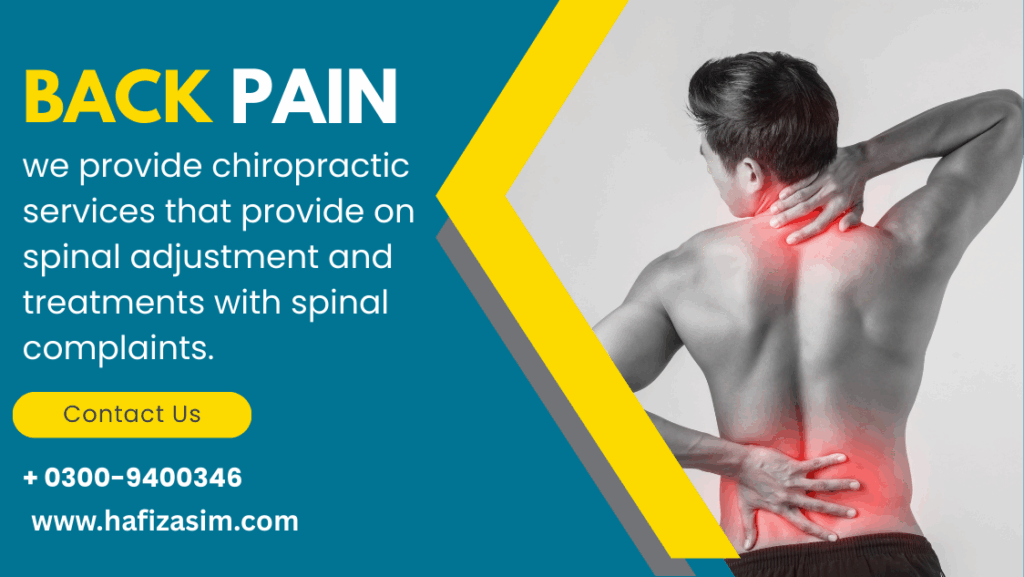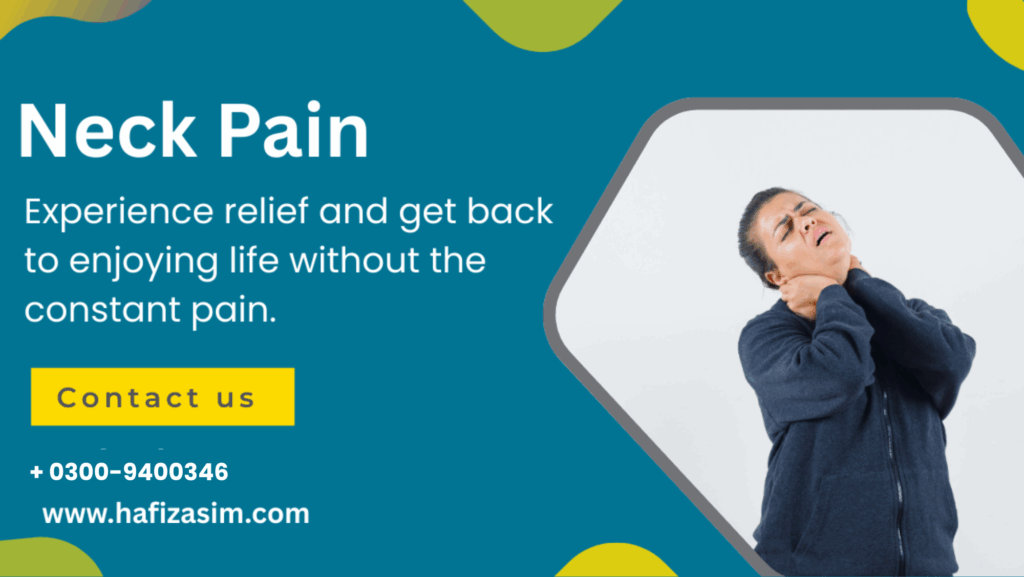Gait & Balance Disorders: Understanding, Diagnosing, and Managing
Introduction
Gait and balance disorders affect millions of people worldwide, often leading to a higher risk of falls, injuries, and reduced quality of life. These disorders can stem from various conditions, including neurological, muscular, and orthopedic issues. This article explores their causes, symptoms, treatment options, and prevention tips to help you regain confidence in your movement.
What Are Gait and Balance Disorders?
Gait refers to the way you walk, while balance is the ability to maintain a stable posture during movement or rest. Disorders in gait and balance can disrupt daily activities and increase the likelihood of accidents.
Common Causes of Gait and Balance Disorders
- Neurological Conditions:
- Parkinson’s disease
- Stroke
- Multiple sclerosis
- Muscular Issues:
- Muscle weakness
- Muscular dystrophy
- Orthopedic Problems:
- Arthritis
- Joint pain
- Inner Ear Disorders:
- Vertigo
- Vestibular dysfunction
- Age-Related Changes:
- Decreased muscle strength
- Impaired reflexes
- Other Causes:
- Foot deformities
- Medications causing dizziness or imbalance
Symptoms of Gait and Balance Disorders
- Difficulty walking or maintaining a steady pace.
- Frequent tripping or falling.
- Feeling unsteady or dizzy while standing or moving.
- Dragging one foot while walking.
- Poor coordination during movements.
How Gait and Balance Disorders Impact Daily Life
- Reduced independence and mobility.
- Difficulty performing basic tasks like climbing stairs or walking.
- Increased anxiety due to fear of falling.
- Social isolation and reduced quality of life.
Diagnosis of Gait and Balance Disorders
Doctors use a combination of assessments to diagnose these disorders, including:
- Physical Examination: Evaluating posture, strength, and coordination.
- Gait Analysis: Observing walking patterns.
- Neurological Tests: Identifying underlying nerve-related causes.
- Imaging: X-rays, MRIs, or CT scans to detect structural issues.
- Vestibular Testing: Checking inner ear function for balance problems.
Treatment Options for Gait and Balance Disorders
1. Physical Therapy
- Gait training exercises to improve walking patterns.
- Strengthening exercises for legs and core muscles.
- Balance retraining to enhance stability.
2. Assistive Devices
- Canes or walkers to support mobility.
- Orthotics to correct foot deformities.
3. Medications
- To treat underlying conditions like Parkinson’s or vertigo.
4. Surgery
- In cases of severe joint problems or structural deformities.
5. Vestibular Rehabilitation
- Specific exercises to improve balance and reduce dizziness.
Prevention Tips for Gait and Balance Disorders
- Stay Active: Regular exercise strengthens muscles and improves coordination.
- Maintain a Healthy Diet: Good nutrition supports bone and muscle health.
- Monitor Medications: Be aware of side effects that may affect balance.
- Foot Care: Wear comfortable, supportive footwear.
- Fall-Proof Your Home: Remove tripping hazards like loose rugs or clutter.
FAQs About Gait and Balance Disorders
Gait & Balance
Key Highlights
- Gait and balance disorders can result from neurological, muscular, or orthopedic issues.
- Symptoms include unsteady walking, frequent falls, and poor coordination.
- Physical therapy, assistive devices, and lifestyle changes can significantly improve mobility.


